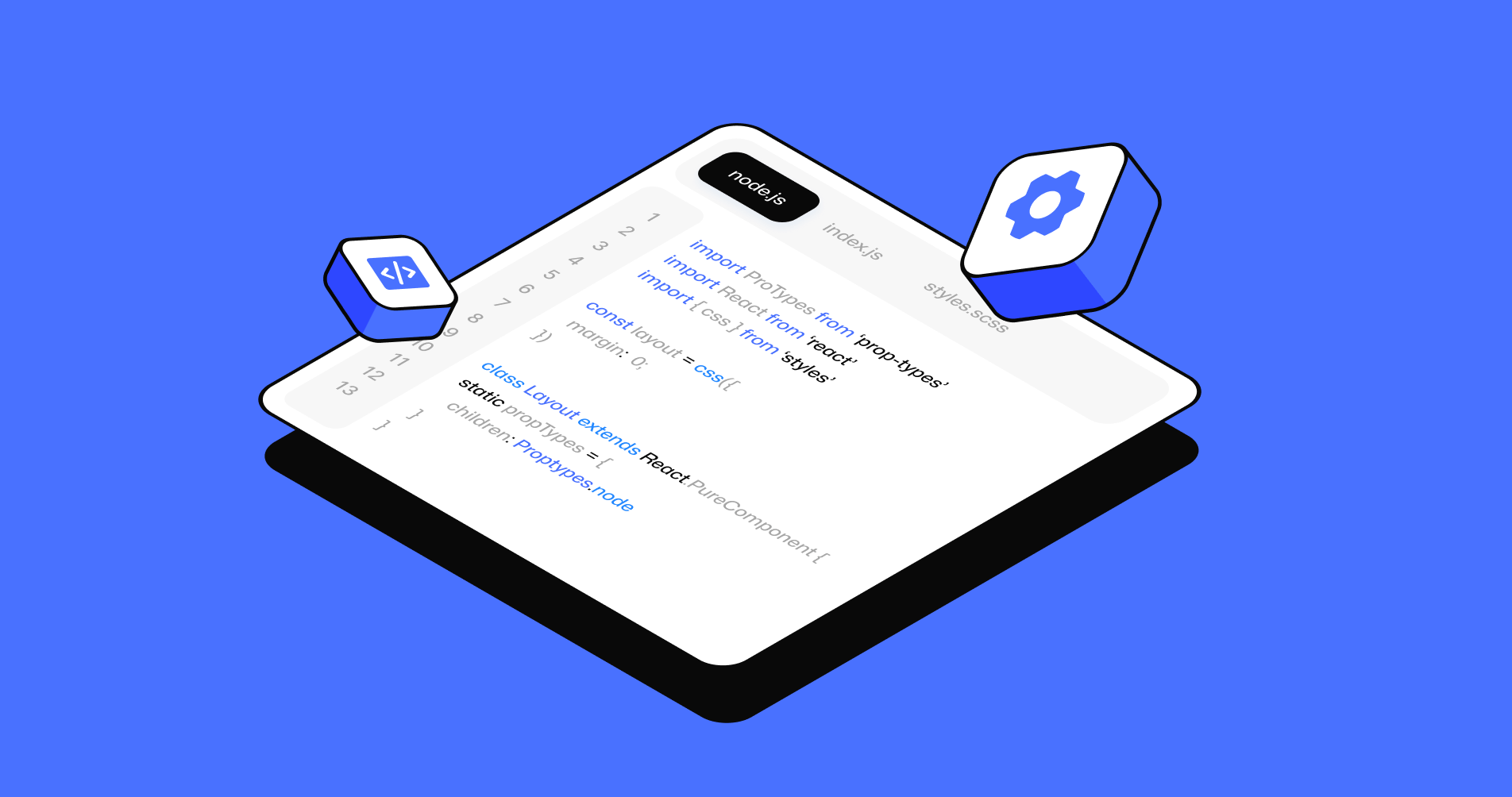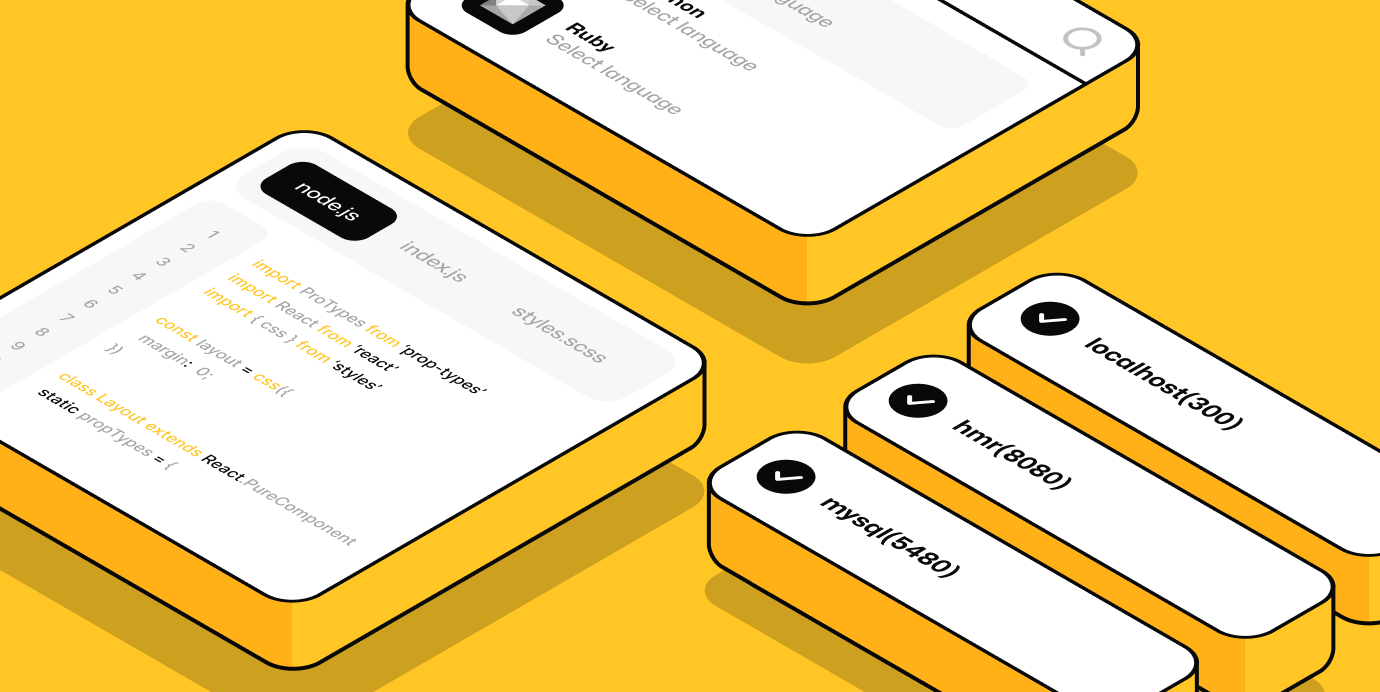Real Examples of AI Market Research in Product Development
Practical AI market research examples for product teams, faster insights and sharper decisions.

If you have ever tried to turn a fuzzy idea into something customers actually want, you know the research grind can feel like sifting confetti from glitter.
The promise of AI market research is simple: move faster without losing the plot. Below are practical ways teams use algorithms and language models to answer product questions with rigor, common sense, and a little humor to keep the meetings survivable.
You will not find brand name stories or glossy press quotes here.
You will find patterns that are specific enough to copy, honest about trade offs, and respectful of the humans who make the final calls.
The sections that follow move from listening to users, to testing ideas, to scaling the insights so they actually stick.
What Counts as a Real Example Without Brand Name Dropping
Examples can be concrete without naming companies or parading slide decks. Think of them as field tested patterns that anyone can run. The situations described here mirror how product teams actually operate, from early discovery to post launch iteration, and they focus on workflows you can adopt right away. A good example explains the inputs, the mechanics, and the decision it informs, then states the limits.
Confidence is not accuracy, so each pattern includes a human review step and a clear rule for when to stop trusting the output. Caveats are a sign of quality, because product work lives in the land of trade offs. The goal is not to worship tools. It is to create a repeatable way to learn about users and make choices you can defend when the room gets loud.
Mining the Voice of the Customer at Scale
Teams pour feedback from support tickets, app reviews, surveys, and community threads into models that classify sentiment, cluster themes, and pull illustrative snippets. Instead of reading twenty thousand comments, researchers get a tidy map of pain points, jobs to be done, and emotional triggers. Combine unsupervised clustering with a lightweight taxonomy so findings stay human readable.
Tie themes to metadata like platform, plan, or region to learn where issues cluster. One pattern might show that new users on mobile stumble during identity verification, while long time desktop users complain about sluggish exports. The output is a shortlist of problems stated in everyday language, backed by quotes that sound like real people, which makes prioritization more persuasive.
Turning Messy Ideas Into Sharp Hypotheses
Before a single pixel moves, product managers feed rough concepts to a model that rewrites them as testable statements.
Assumptions become if then claims tied to measurable behaviors, and success metrics are drafted alongside. This is not magic, it is a disciplined prompting and a review loop that keeps the robot honest.
The payoff is faster cycles because engineering does not chase fog. Pick the smallest test that can disprove a risky belief, then ship that slice first. The model also proposes counter hypotheses to guard against wishful thinking. When a claim survives, it earns a spot on the roadmap. When it fails, you learn cheaply.
Concept Screening With Synthetic Panels
When recruiting is slow, researchers simulate panels by generating respondent personas that match known segments and calibrating them against historical survey distributions. These synthetic respondents do not replace real humans, but they can pre-screen concepts to narrow the field. The method shines when you need to compare variations on messaging, onboarding flows, or feature bundles.
You still validate with actual users, yet you start that work with sharper questions and fewer dead ends. Quality control matters. Seed the generator with constraints from real data, then test results against holdout samples to ensure the simulated voices behave like the populations they represent. Used with care, this tool keeps discovery moving without burning the research budget.
Pricing and Packaging Without Guesswork
Instead of throwing darts, teams run adaptive choice simulations that approximate conjoint analysis. Models help participants understand scenarios by translating jargon into plain language, which reduces noise from confusion. The output ranks feature bundles by preference and willingness to pay while flagging cannibalization risks. Results are framed as ranges with clear confidence notes, not single magic numbers.
Pricing is emotional for users and political for organizations, so transparency counts. By tying every recommendation to a traceable assumption, teams avoid circular debates. When the plan goes live, everyone already knows which trade offs were acceptable and which were not.
A/B Tests That Explain Themselves
Experiment platforms produce beautiful graphs and many ways to fool yourself. Models review telemetry, check for power, validate randomization, and flag peeking or novelty effects. They then translate the stats into advice that sounds like a candid colleague. Instead of dumping p values, the system answers practical questions such as whether the treatment moved retention for new users in a specific region.
If lift is real but small, the summary suggests a follow up test with tighter targeting. When a test flops, it points to likely causes and the next smartest experiment. The best systems even write a plain language changelog so anyone can see what was tested and what changed.
Discovery Interviews With Smarter Notes
Interviewers focus on the human while a model handles transcription, redaction, and first pass coding of themes. The magic is not in the transcript. It is in the second pass where the researcher corrects the model, adds context, and builds a glossary of the team’s own terms. Over time, the coding improves and interviews connect to metrics, so qualitative and quantitative tell the same story.
That bridge lets a single quote carry evidence from logs and funnels, which turns a good anecdote into a credible insight. Better notes mean fewer arguments about what users said and fewer meetings where nobody can find that one quote.
Building an Insight Stack That Actually Stacks
Notes, dashboards, tickets, and experiments feed a retrieval system that answers questions with citations to your own research catalog. When a new teammate asks what the group knows about onboarding friction for first time mobile users, they get links to the most relevant studies and the summary paragraphs that matter.
This is not a search engine that returns everything. It is an insight layer that curates, deduplicates, and tracks evidence quality. Teams stop reinventing surveys, avoid rerunning old experiments, and spend their energy on decisions. Memory becomes a feature of the organization instead of a hero skill owned by two veterans.
How to Get Started Without Buying a Spaceship
Pick one painful research task and automate the dull parts first. Write a short protocol for how humans and models interact so everyone knows who is responsible for what. Measure success with simple indicators such as fewer meetings to align or fewer abandoned tests. Share wins in plain language.
If the stack grows, it will be because people used it, not because it looked fancy in a diagram. A little humility helps. The goal is not to impress the algorithm. Start with a single workflow, document the before and after, and publish a one page note that shows the time saved and the decisions improved. Small steps beat grand plans every week.
Conclusion
The examples above share a theme. Use automation to listen better, test faster, and remember longer, while keeping humans in charge of judgment and taste. The payoff is not a stack of fancy tools. It has fewer blind spots, calmer decision meetings, and products that feel like they were built by people who actually use them.
If your team starts small, writes down what works, and treats models like helpful interns instead of fortune tellers, the research engine will compound.
Your customers will not notice the models.
They will notice that your product respects their time and quietly solves the problems they brought to your doorstep.
Are you ready to implement AI search capabilities into your business? Contact us today!
Subscribe to our newsletter
Get regular updates on the latest in AI search





.png)

